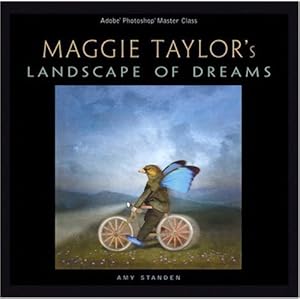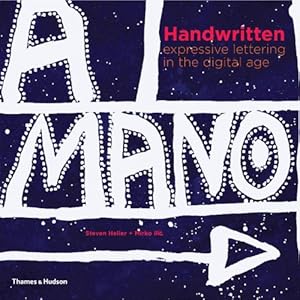A friend of mine who teaches at a nearby high school gave a workshop on iPad apps at our state conference for art teachers. I asked if I could share them with you and she agreed. She has tested all of these, although I haven't because I'm still waiting to get an iPad...maybe Christmas? Some are very useful in the classroom even if you are the only one with the iPad. Some are fun, but I imagine only useful as a teaching tool if the students had iPads as well, which might soon be part of every classroom. I'm going to share some of her recommended apps tonight, and maybe as she learns of more, I'll share them as well. How about you share some of your favorites as well?
TeacherKit (free) This is one for all teachers and one of her favorites. You can take a picture (with your iPad of course) of each student and then place that photo on a seating chart. For each student you can also write notes and log behaviors, and of course there is a gradebook. I believe she said you can enter family contact information and send global emails.
Notability (.99) She uses this app for her daily acitivity. Each document can contain text, photos, web clips, and even doodles. It links to Dropbox and you can export your documents as pdfs and email them.
Sketchbook Express (free) and
Sketchbook Pro (4.99) This is made by Autodesk and her favorite drawing app. Sketchbook Pro has extra brushes, tools and layers.
Socrative (also available for your computer) An awesome tool for all teachers. Sign up for a free account online and create questions and quizzes. Students join your "room" and answer questions at your pace or theirs. Live responses are recorded and can be exported.
Wooden Doll (free) A fun one. It's our favorite free model, now digitized. You can move his joints and even the angle you view him from. Start drawing.
Ukiyoe Woodcut (free) Plug your iPad into your projector and virtually demonstrate how to carve a woodblock. It seemed to me to be a great intro to the process.
iPastels (free) Draw freely and blend away. You can even choose to work on the foreground, middleground or background layer.
Photoshop (free until you want more effects) Of course Adobe would be in on this. Basic photo editing, but the extras cost extra.
Palettes (free or 5.99) Create and store color palettes. You can pull palette colors from a photograph. Sounds sort of like kulor.
Pottery HD (free or 4.99)
Now this one is just fun, amazing and slightly addictive. Thanks to 3D animation you can "throw" and paint your own pottery. My husband, a 3D animator used to make me pottery in Cinema 4D on his downtime. This is even one step beyond because it spins and you shape it with your fingers. It even "fires" it. You get to save photos of your work and "sell" it.
iDraw (8.99) Create vector graphics, export them via email and use them in Adobe Illustrator.
MyRealFont (free or .99) or
iFontMaker (6.99) My friend recommended the former, but my son loves the latter. With iFontMaker you can convert your fonts into ttf files to use in Adobe Creative Suite and Microsoft Word on both Macs and Windows.
Sto Mo (free) (suggested by a different teacher) Create simple stop motion animations.
























